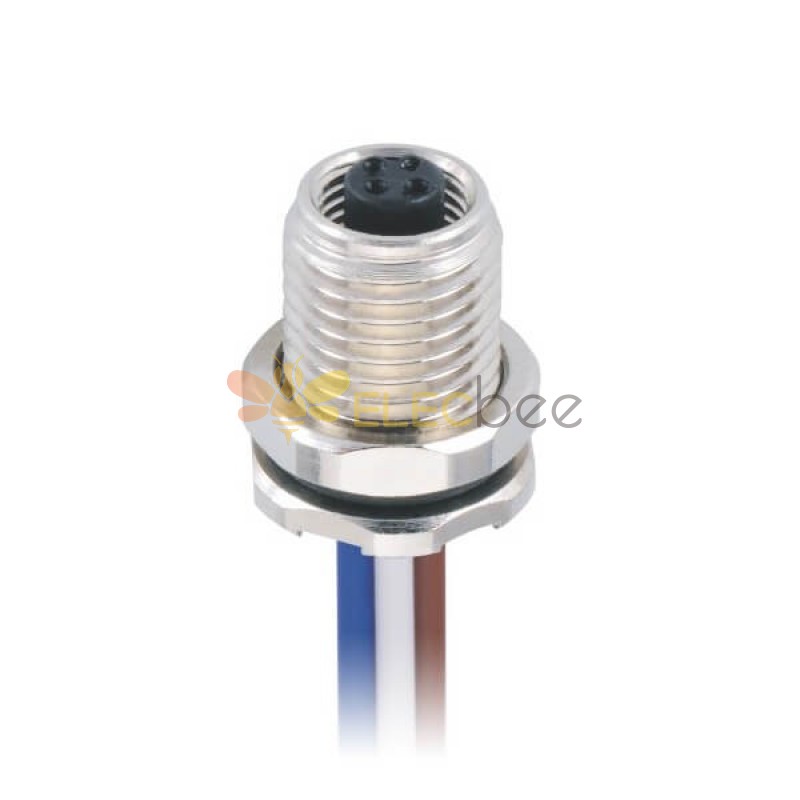What is the cable retention strength of M5 connectors?
Cable retention strength is an important factor to consider when selecting a connector for a specific application. The cable retention strength of an M5 connector refers to the force required to pull the cable out of the connector. It is a measure of the connector's ability to secure the cable in place and prevent it from slipping out or becoming loose.
In the case of M5 connectors, the cable retention strength is typically between 4 and 6 N, depending on the specific design of the connector. This means that the connector is able to securely hold the cable in place with a force of 4 to 6 N. This is sufficient for many applications, but for high-vibration or high-stress applications, a higher cable retention strength may be necessary.
There are several factors that can affect the cable retention strength of an M5 connector, including the design of the connector and the material used. For example, some M5 connectors use a locking mechanism or a screw-locking system to provide a more secure connection, while others may use a bayonet locking system. The material used can also play a role, with connectors made of high-strength materials providing a higher cable retention strength.
In addition to the cable retention strength, other factors should also be considered when selecting an M5 connector for a specific application. These include the current rating, voltage rating, and environmental resistance of the connector. The size and shape of the connector should also be taken into account, as well as the type of cable that will be used with the connector.
In conclusion, the cable retention strength of M5 connectors is an important consideration when selecting a connector for a specific application. A connector with a high cable retention strength will ensure a secure and stable connection, even in harsh environments or under high stress. When choosing an M5 connector, it is important to consider the cable retention strength along with other factors, such as current rating, voltage rating, and environmental resistance, to ensure that the connector is the best fit for the application.

Comments
Post a Comment